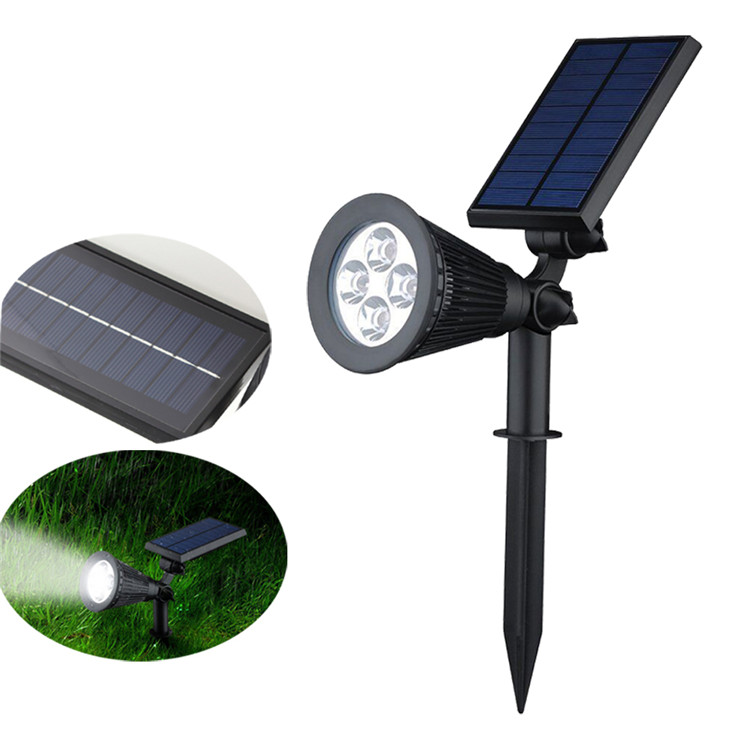
Light pollution from coastlines and past ships is disrupting the behaviour of marine animals and altering underwater habitats.
New research shows that artificial light can attract some species to coastal areas while driving others away.
Studies have found that light pollution is particularly susceptible to marine invertebrates, which can cause pollution in wharfs, docks and shipping.
Other species, such as sea squirts and bristles, tend to avoid artificial illumination areas.
The results show that light pollution may be changing the balance of marine life around coastal communities, oil drilling platforms and waterways.
Researchers at the University of Exeter and the University of Bangor say light pollution may also affect coral reefs, especially in tropical waters.
Dr Catherine Griffith, a marine scientist at Bangor University and one of the authors of the study, said: "With the acceleration of urbanization, many coastal areas around the world will become vulnerable to man-made light pollution.
Therefore, if we want to mitigate these impacts, it is essential to further study how artificial light destroys marine communities.
Many marine invertebrate larvae use light as a clue to help them find suitable habitats to settle, grow and reproduce.
The researchers, whose findings are published in the Royal Society Biology Letters, used LED lights in a laboratory to study how they affected the activity of 47 different marine invertebrate larvae.
They found that species such as keel worms attached to the bottom of ships and other marine structures such as wharfs were significantly higher in areas illuminated by white LED lights.
Eosinophilic crustaceans (usually inhabiting mudflats) are also significantly higher in the light region.
Because many of these species provide important food sources for fish and other marine animals, light pollution can also affect the spread of other large animals, researchers warn.
Dr. Tom Davis of the University of Exeter said legislation might be needed in the future to help reduce the impact of light pollution.
"We know that artificial light at night changes the behaviour of many marine animals, but this is the first time that artificial light can disrupt the development of ecological communities in the marine environment," he said.
Further research is urgently needed to assess the extent to which light can be considered "safe" in order to enact legislation to minimize future light pollution from new and existing developments.
Dr. Stuart Jenkins, who also participated in the study at Bangor University, added: "This is an important first step in understanding how artificial light may affect the way the ocean and coast are combined. "
"Our research shows that the level of artificial light commonly seen in urbanization and coastal developed areas has an important impact on the development of communities living on shallow hard surfaces.
